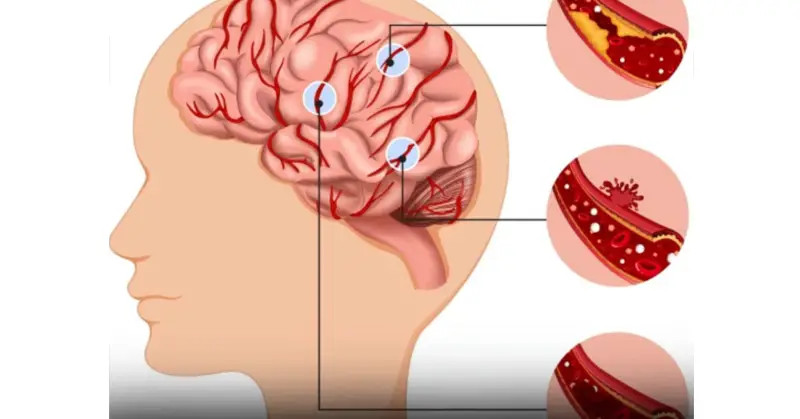Understanding Stroke: Types, Risks, and Dietary Strategies for Prevention
A stroke occurs when blood flow to a specific area of the brain is interrupted. This disruption in blood supply can lead to severe consequences, including the damage or death of brain cells, which may profoundly impact a person’s ability to speak, move, and think clearly. According to the British Heart Foundation, there are three primary types of stroke: ischaemic strokes, haemorrhagic strokes, and transient ischaemic attacks (TIAs). Understanding these types can help individuals recognize symptoms and seek timely medical intervention, which is critical for minimizing long-term effects and improving recovery outcomes.
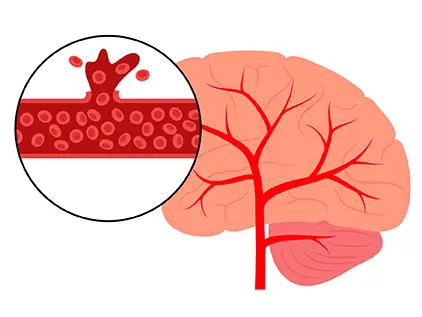
Types of Stroke Explained
Ischaemic strokes, commonly referred to as “blood clot strokes,” account for approximately 87% of all strokes. This type occurs when a blood clot obstructs an artery that supplies oxygen-rich blood to the brain, potentially leading to significant brain damage. For instance, a sudden clot in the middle cerebral artery can cause weakness on one side of the body or difficulties in speech, illustrating the profound impact of such an event.
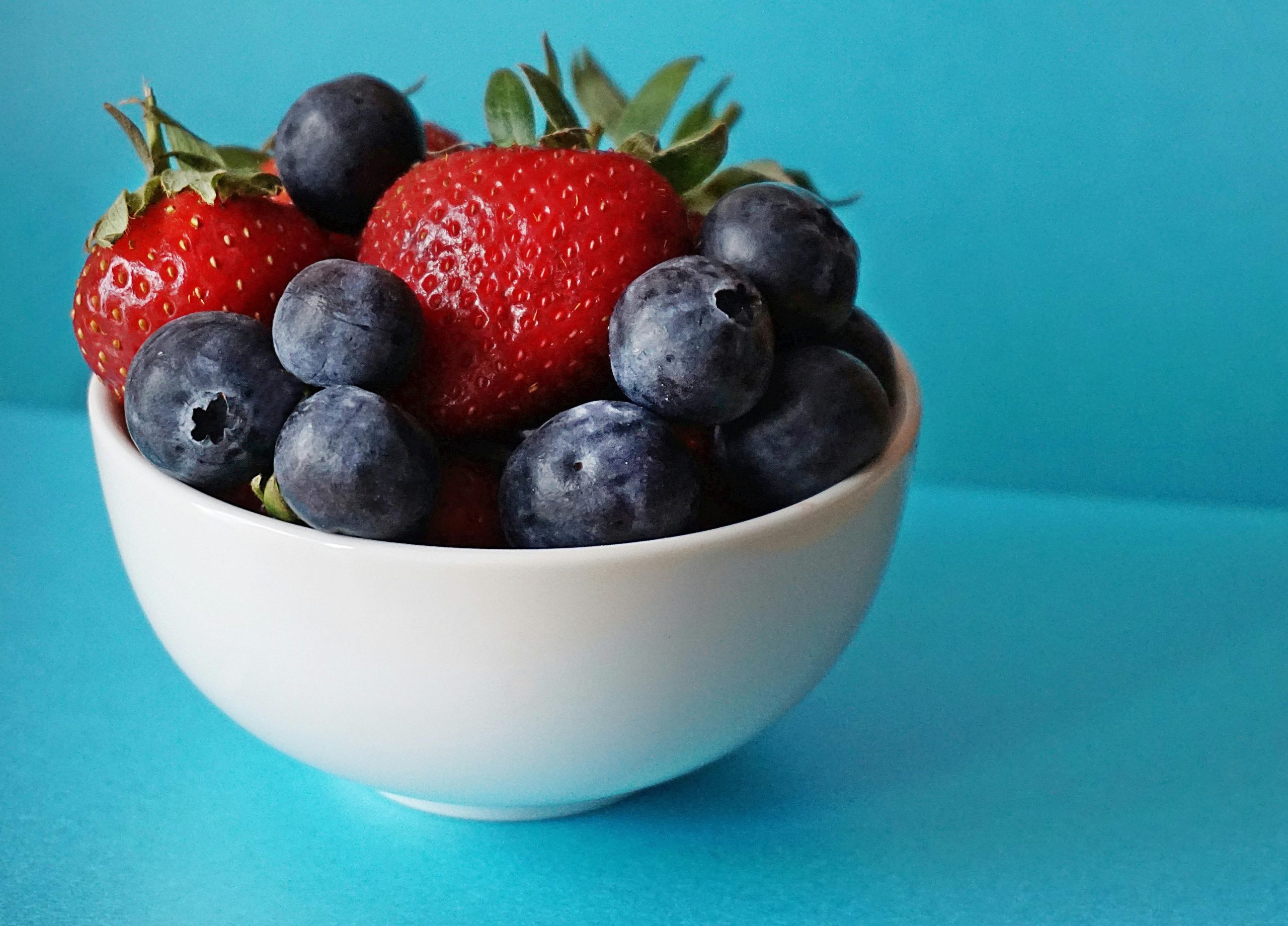
On the other hand, haemorrhagic strokes, also known as “brain bleed strokes,” occur when a blood vessel in the brain ruptures, resulting in bleeding that can compress or damage nearby brain tissues. This type of stroke can be particularly devastating, as the bleeding can lead to increased intracranial pressure and subsequent brain injury. Various factors, such as uncontrolled hypertension or aneurysms, can increase the risk of haemorrhagic strokes.
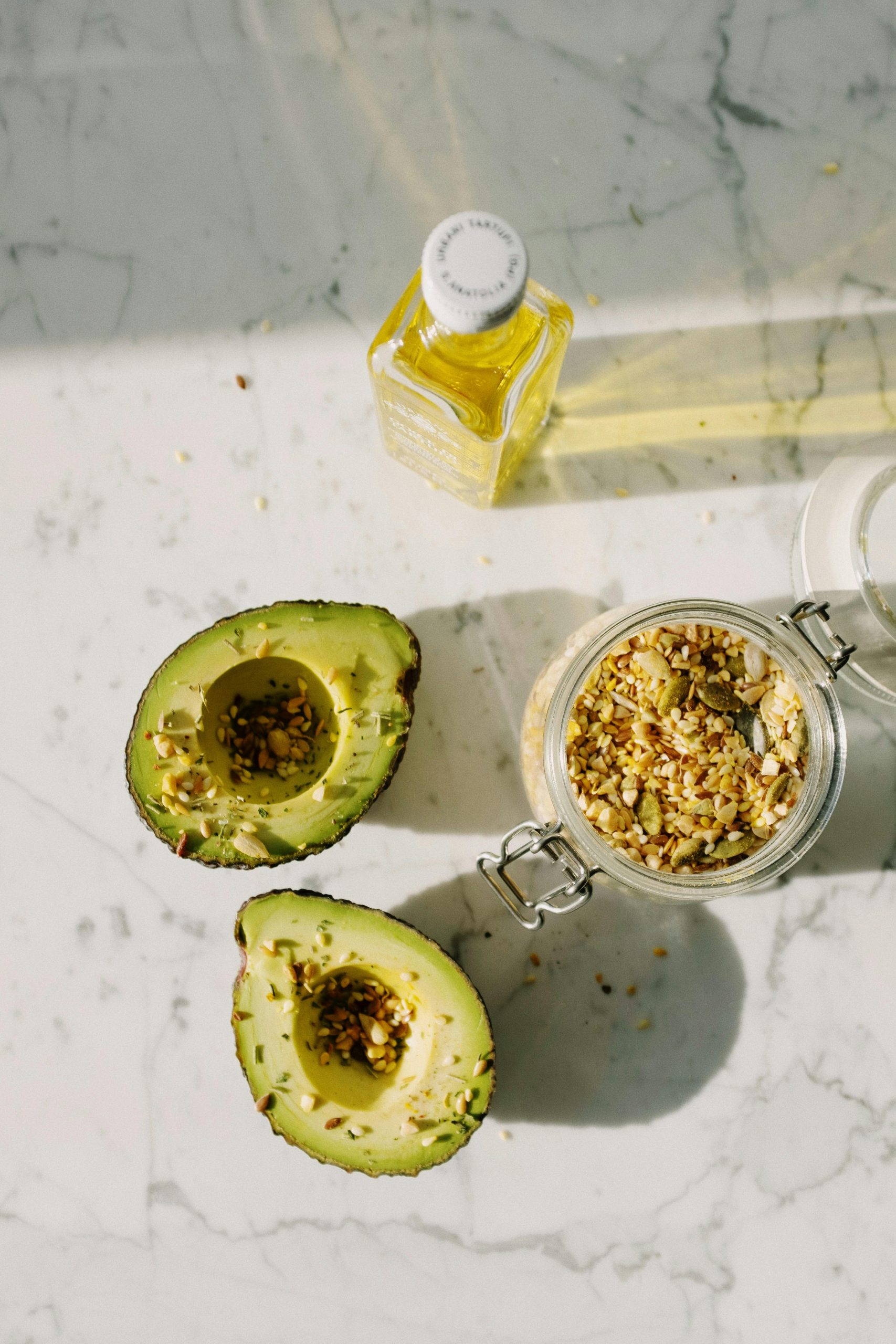
Lastly, mini-strokes or transient ischaemic attacks (TIAs) are temporary episodes where blood flow to the brain is briefly interrupted. Although TIAs often resolve within minutes, they serve as critical warnings for the potential for future strokes. They should not be ignored, as experiencing a TIA significantly raises the risk of a subsequent full-blown stroke. Individuals who experience symptoms like sudden numbness, confusion, or difficulty walking should seek medical attention immediately.
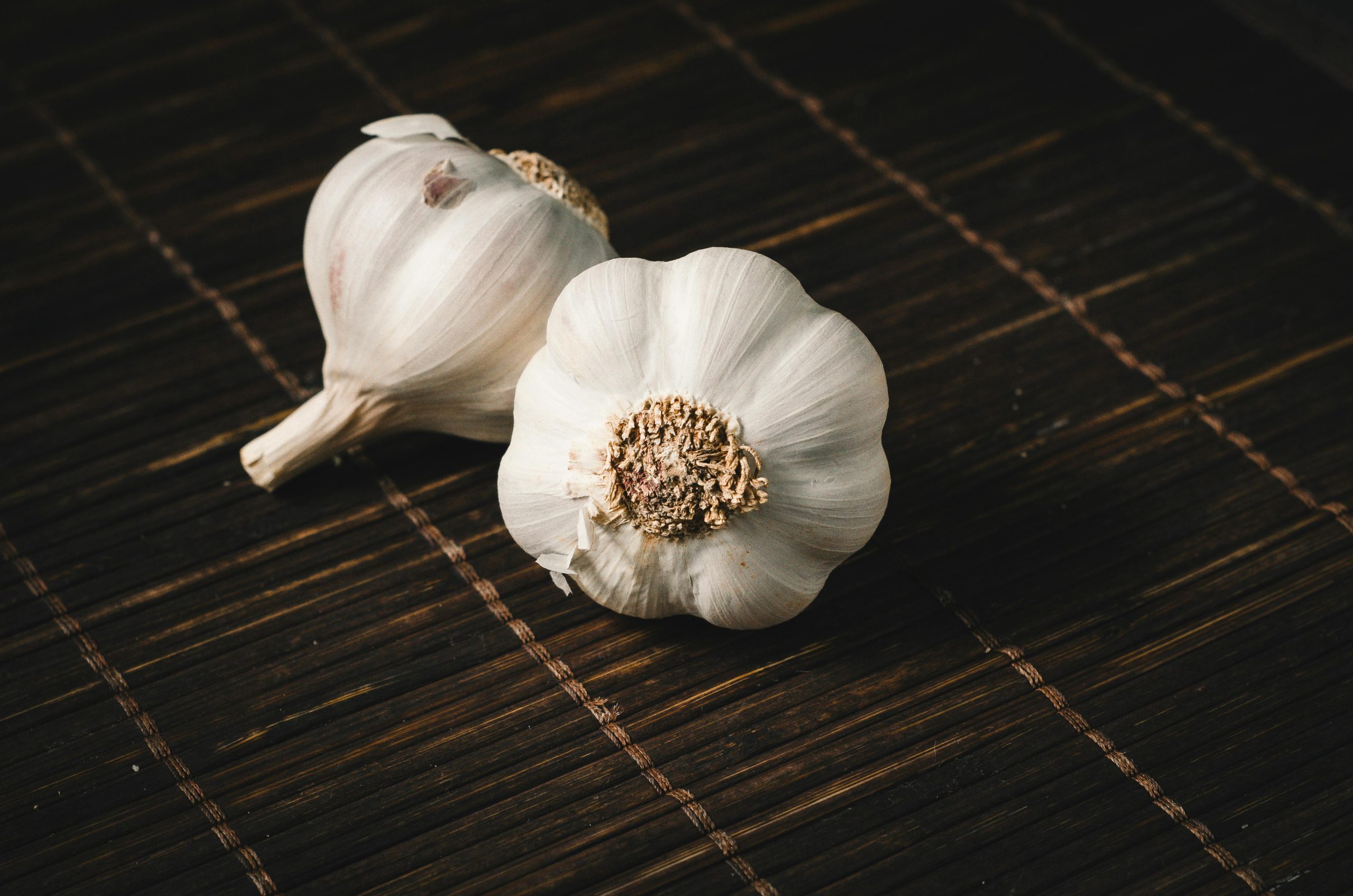
The Importance of Diet in Stroke Prevention
While genetics and lifestyle factors play significant roles in stroke risk, dietary choices can also have a profound impact. Evidence suggests that adopting a diet rich in specific foods can significantly lower the risk of stroke. A notable example of a health-promoting dietary pattern is the Mediterranean diet, which emphasizes whole foods, healthy fats, and plenty of fruits and vegetables. Research indicates that individuals following this diet have a lower incidence of strokes, thanks to its focus on nutrient-dense foods. Below, we explore some essential foods that can help mitigate stroke risk.
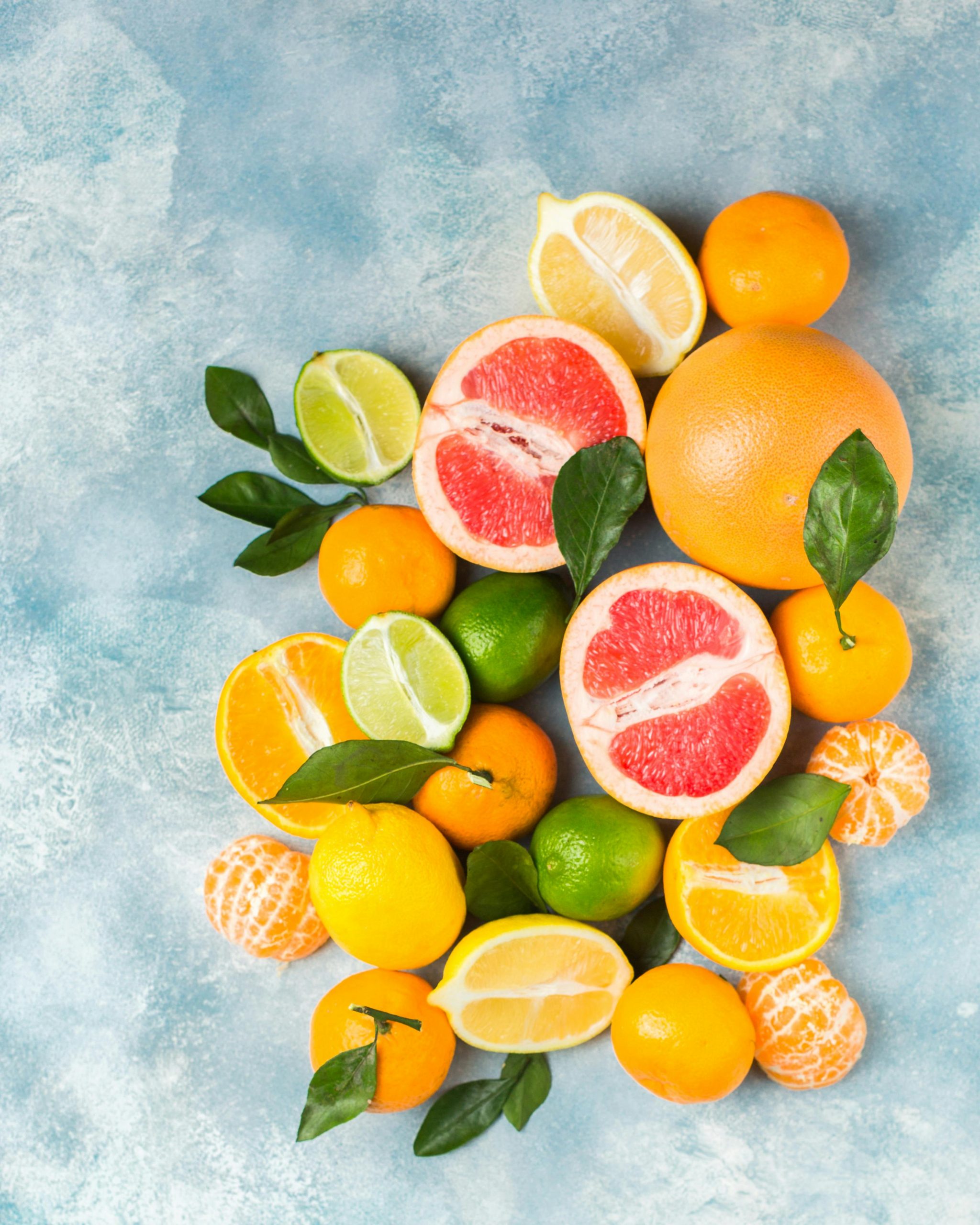
Key Foods to Include in Your Diet
1. Leafy Greens: Vegetables like spinach, kale, and Swiss chard are packed with vital nutrients such as vitamin K, folate, and antioxidants. These nutrients help manage blood pressure and improve circulation, both crucial factors in reducing stroke risk. For example, studies have shown that individuals consuming a high intake of leafy greens have a significantly lower risk of stroke. 2. Fatty Fish: Fish such as salmon, mackerel, and sardines are rich in omega-3 fatty acids, known for their anti-inflammatory properties. These healthy fats not only help lower triglycerides but may also prevent blood clotting, which is vital for maintaining healthy blood flow and reducing the risk of ischaemic strokes. 3. Berries: Berries, including blueberries, strawberries, and blackberries, contain antioxidants like anthocyanins, which support blood vessel health and protect against oxidative stress, a significant contributor to brain cell damage. Research indicates that regular consumption of berries is associated with improved cardiovascular health and a lower risk of stroke. 4. Extra Virgin Olive Oil: This staple of Mediterranean cuisine is loaded with monounsaturated fats and polyphenols, which can lower bad cholesterol levels and decrease the risk of stroke. Replacing saturated fats in the diet with extra virgin olive oil can lead to significant health improvements. 5. Nuts: Almonds, walnuts, and pistachios are excellent sources of healthy fats, magnesium, and vitamin E. These nutrients support heart health and help reduce inflammation, making nuts a beneficial addition to a stroke-preventive diet. 6. Avocados: Rich in potassium and healthy fats, avocados are beneficial for maintaining normal blood pressure levels and protecting blood vessels from damage. Their high potassium content is particularly relevant, as increased potassium intake is associated with lower stroke risk.
Further Dietary Recommendations
In addition to the foods mentioned above, several other options can further contribute to stroke prevention: 7. Whole Grains: Foods like oats, brown rice, and quinoa are high in fiber, which can help lower low-density lipoprotein (LDL) cholesterol, a significant factor in stroke risk. Incorporating whole grains into meals can also promote satiety and support healthy weight management. 8. Citrus Fruits: Oranges, grapefruit, and lemons are not only refreshing but also packed with vitamin C and flavonoids. These nutrients can enhance blood vessel function and reduce inflammation, making citrus fruits an excellent choice for a stroke-preventive diet. 9. Garlic: Known for its numerous health benefits, garlic can naturally thin the blood and lower blood pressure, making it a powerful ally in stroke prevention. Some studies suggest that garlic consumption may contribute to reduced stroke incidence, providing an easy dietary addition for many. 10. Beans and Lentils: These legumes are high in fiber, potassium, and folate, which help maintain healthy blood pressure and blood sugar levels. Their low glycemic index also makes them a great option for managing weight and reducing stroke risk. 11. Water: Staying adequately hydrated is vital since dehydration can increase blood viscosity, raising the risk of blood clots and stroke. Drinking enough water daily can support overall health and ensure that blood can flow freely and efficiently.
Conclusion: A Holistic Approach to Stroke Prevention
Preventing a stroke involves a comprehensive approach that combines a healthy diet, regular physical activity, and awareness of risk factors. By incorporating a variety of nutrient-rich foods into your diet, you can significantly lower your risk of stroke and improve overall health. Additionally, engaging in regular exercise, managing stress, and avoiding tobacco products can further enhance your protective measures against strokes. It is essential to consult with healthcare professionals for personalized advice tailored to your individual risk factors and conditions. For those with a family history of strokes or other cardiovascular issues, working closely with a nutritionist or dietitian can help develop a customized plan that meets specific needs. As a reminder, the information provided in this article is for informational purposes only and should not replace professional medical advice, diagnosis, or treatment. Always consult with a healthcare provider before making significant changes to your diet or lifestyle to ensure that you are taking steps that are safe and beneficial for your unique health situation.

